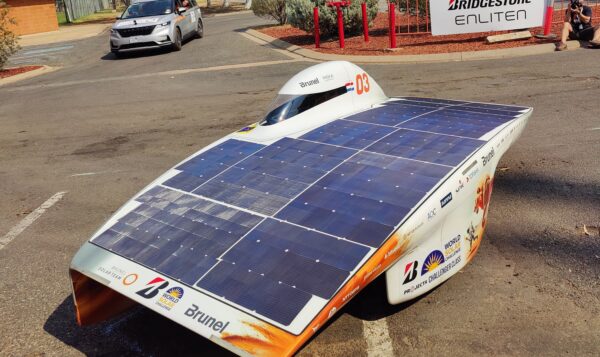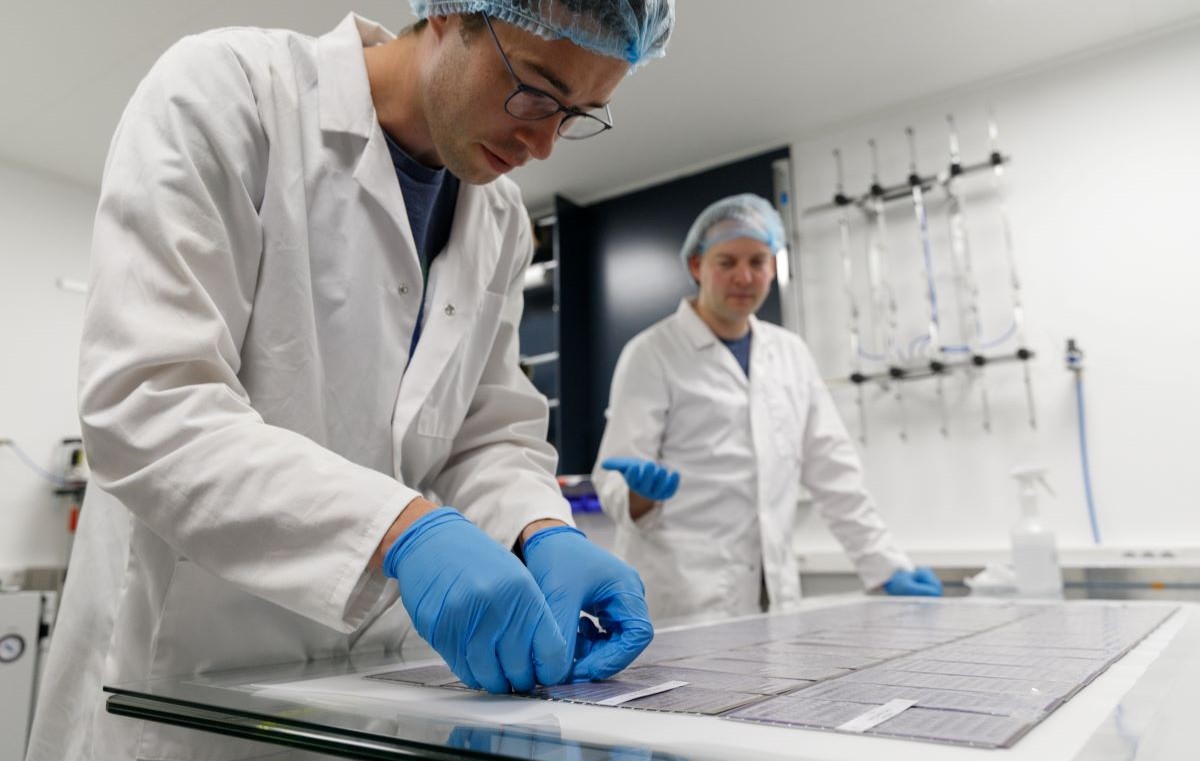Netherlands-based Mito Solar, a developer of high-end custom solar modules, has launched Skylar, a film that is applied atop finished modules as a power conversion efficiency booster. The product was onboard several of the top Challenger class finalists in this year's Bridgestone World Solar Challenge.
“It was field proven in five of the top six finalist racing cars at the Bridgestone World Solar Challenge in Australia this year. They were using a variety of PV cell technologies,” Jules van Haaren, Mito Solar co-founder, told pv magazine.
For example, the Skylar film was used in the Oxford PV silicon-perovskite tandem PV panel onboard the Top Dutch Solar Racing race car. It was also paired with panels based on Maxeon Sunpower cells onboard the Belgian Innoptus Solar Team car and the Solar Team Twente entry from the Netherlands, along with Meyer Burger heterojunction modules aboard Brunel Solar Team’s entry.
“Despite the robust module encapsulation, our foil was still able to contribute to a higher power conversion efficiency,” said van Haaren.
Under standard testing on a range of cell technologies laminated with 200 mn to 400 mn encapsulants, an increase in absolute efficiency of about 1% can be achieved, according to the company. It evaluated the film with a variety of cell types achieving similar results, including multi-junction Azur Space 3G30C cells, single-junction Alta Devices thin-film cells, and the aforementioned Maxeon Sunpower cells.
Supporting angles of up to 90 degrees, Skylar purportedly reduces reflection losses, while capturing light reflected from inside the module.
It is suited for challenging irradiance conditions and mobile-integrated PV applications. But it is not suited for residential or ground-mounted applications, stressed van Haaren who explained that while the film can be modified to cope better with water and dust, it is not meant for use in residential or mainstream PV markets due to its textured surface which can potentially trap dust.
The solar racing world is where Skylar has first adopters, but it may find its next application on PV panels installed onboard drones and long-endurance aircraft operating at high altitudes. “These are applications where performance and weight really matter. With our technology they can, for example, have a higher payload,” said Van Haaren.
In addition to Skylar and waterproofing films, four-year-old Mito Solar produces a range of standard and flexible modules, typically based on Maxeon Sunpower cells, that it customizes for its transportation and leisure industry customers.

Mito Solar
This content is protected by copyright and may not be reused. If you want to cooperate with us and would like to reuse some of our content, please contact: editors@pv-magazine.com.



2 comments
By submitting this form you agree to pv magazine using your data for the purposes of publishing your comment.
Your personal data will only be disclosed or otherwise transmitted to third parties for the purposes of spam filtering or if this is necessary for technical maintenance of the website. Any other transfer to third parties will not take place unless this is justified on the basis of applicable data protection regulations or if pv magazine is legally obliged to do so.
You may revoke this consent at any time with effect for the future, in which case your personal data will be deleted immediately. Otherwise, your data will be deleted if pv magazine has processed your request or the purpose of data storage is fulfilled.
Further information on data privacy can be found in our Data Protection Policy.